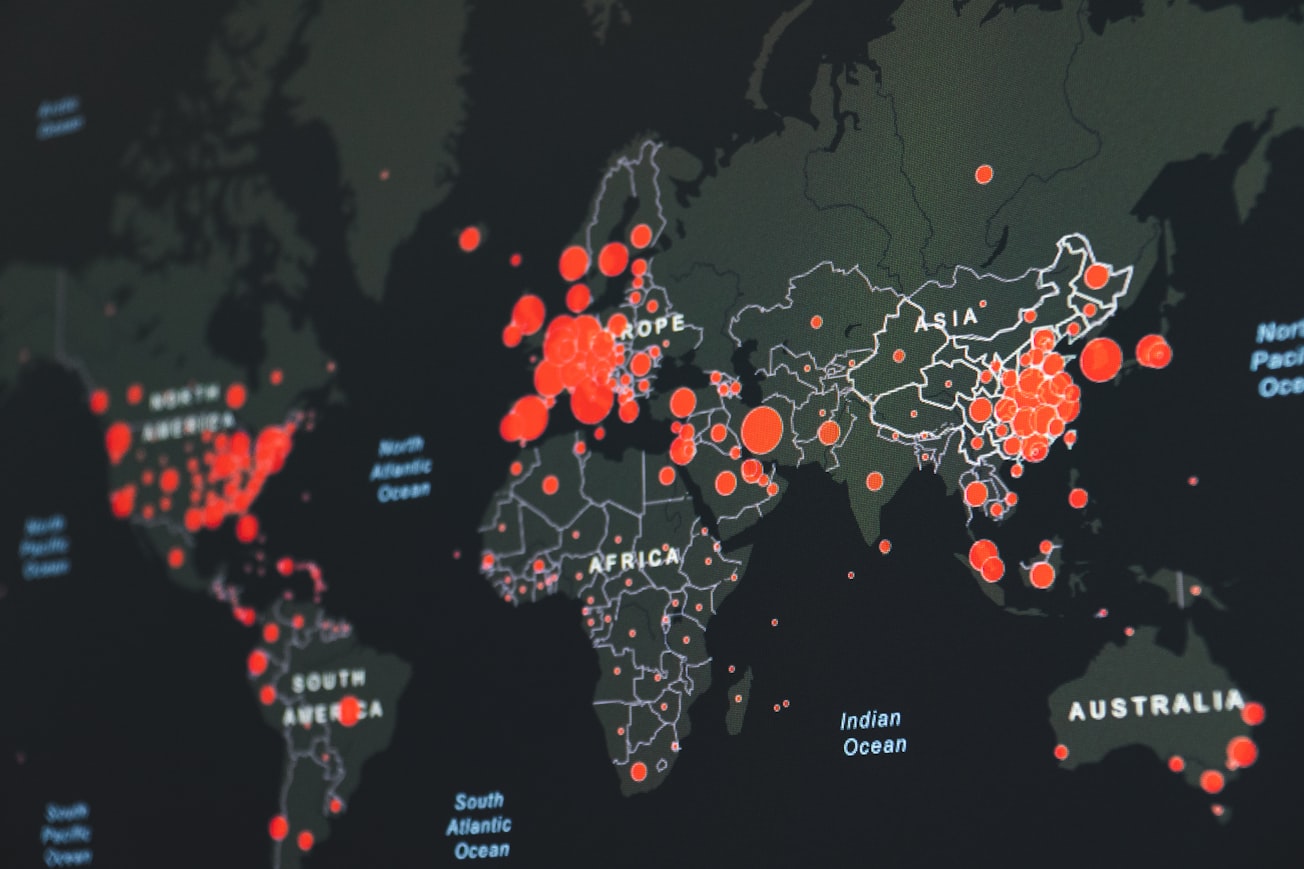What is it about?
Genomic-based environmental surveillance can help in the early detection of outbreaks before clinical cases are recognized and identify viral micro-diversity that can be used for designing real-time risk-based interventions. This research aimed to develop a genomic-based environmental surveillance system by detecting and characterizing SARS-CoV-2 in sewage samples of Kathmandu using portable next-generation DNA sequencing devices. Out of 22 sites in the Kathmandu Valley from June to August 2020, sewage samples from 16 (80%) sites had detectable SARS-CoV-2. A heatmap was created to visualize the presence of SARS-CoV-2 infection in the community based on viral load intensity and corresponding geospatial data. Further, 47 mutations were observed in the SARS-CoV-2 genome. Some detected mutations (n = 9, 22%) were novel at the time of data analysis and yet to be reported in the global database, with one indicating a frameshift deletion in the spike gene. SNP analysis revealed possibility of assessing circulating major/minor variant diversity on environmental samples based on key mutations.
Featured Image

Photo by Martin Sanchez on Unsplash
Why is it important?
Understanding disease burden and transmission dynamics in resource-limited, low-income countries like Nepal are often challenging due to inadequate surveillance systems. These issues are exacerbated by limited access to diagnostic and research facilities throughout the country. Nepal has one of the highest COVID-19 case rates (915 cases per 100,000 people) in South Asia, with densely-populated Kathmandu experiencing the highest number of cases. Swiftly identifying case clusters (hotspots) and introducing effective intervention programs is crucial to mounting an effective containment strategy. The rapid identification of circulating SARS-CoV-2 variants can also provide important information on viral evolution and epidemiology.
Perspectives
Our study demonstrated the feasibility of rapidly obtaining vital information on community transmission and disease dynamics of SARS-CoV-2 using genomic-based environmental surveillance.
Dr Dibesh Karmacharya
Center for Molecular Dynamics Nepal
Read the Original
This page is a summary of: Rapid genomic surveillance of SARS-CoV-2 in a dense urban community of Kathmandu Valley using sewage samples, PLoS ONE, March 2023, PLOS,
DOI: 10.1371/journal.pone.0283664.
You can read the full text:
Resources
Contributors
The following have contributed to this page










